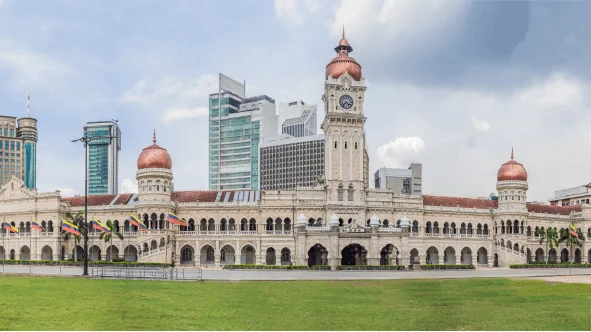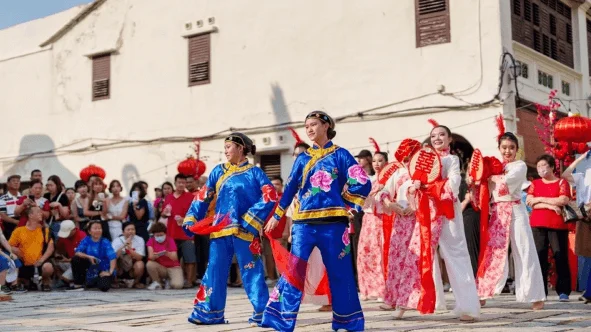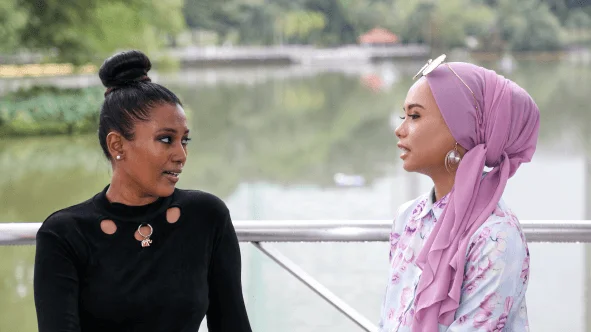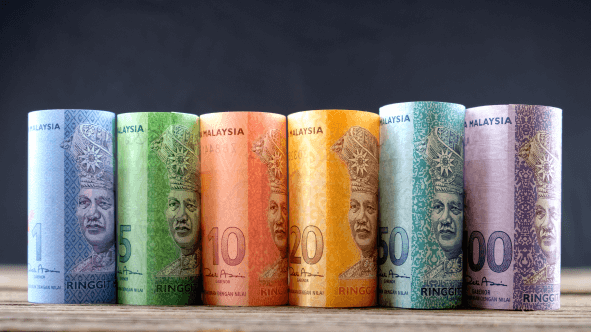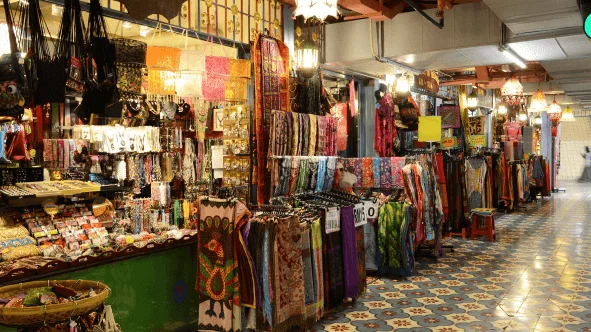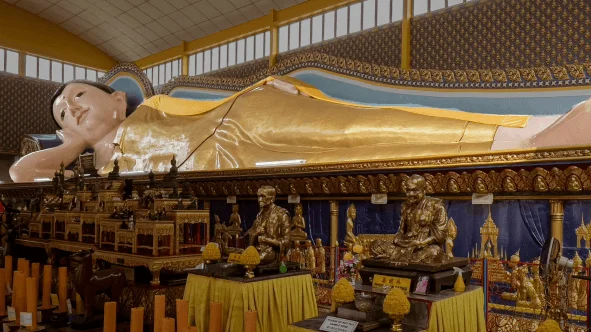
The tapestry that is Malaysian history is woven with threads from multiple cultures and civilizations. The Malay Peninsula's pivotal location at the crossroads of many civilizations for centuries has created quite a tale. The region gained notoriety among Indian, Chinese and Arab traders once the Malay Sultanates gained power.
The 15th century saw powers like the Dutch and Portuguese vie for control of the spice trade in the region. The effects of those visits can still be felt today. The booming economy called in the British who established successful colonies during the 18th and 19th centuries. Provinces like Penang and Malacca played integral roles during the colonial era.
The Japanese takeover during World War II had a grave impact but the country eventually gained independence from the British during 1957. 1963 saw the creation of a new Malaysian republic which included Sarawak, Sabah and Singapore. However, in 1965 , Singapore parted ways in 1965 and established itself as the independent country of the Asian region.

